
From the Editor
It goes without saying that 2020 has been a tumultuous year so far. And to pick out the most consequential of changes, the impact of an invisible virus on just about every aspect of our lives has been unprecedented.

Browse all Touchpoint Articles

It goes without saying that 2020 has been a tumultuous year so far. And to pick out the most consequential of changes, the impact of an invisible virus on just about every aspect of our lives has been unprecedented.
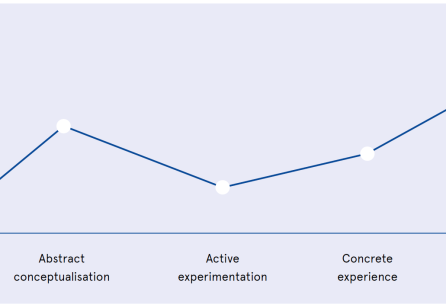
At Uscreates, we are currently seeing two trends within our client base. Firstly, the demand for design in public innovation contexts is expanding beyond the design of a specific service, into the transformation of the systems that sit around it. Secondly, public sector organisations are increasingly interested in building their own design capability internally around service design and systemic change.

Design practices are becoming increasingly future-focussed, reflecting the complexities of the design challenges that we face. Futures thinking can offer us tools and methods to help with this, but more than that, it might offer us a new way of seeing the world that we design for.
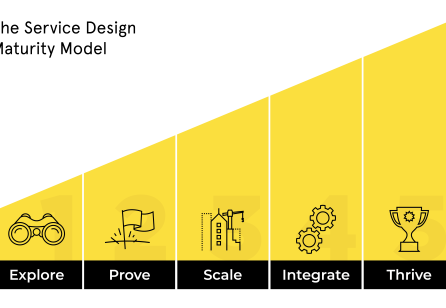
In the past years, many organisations have been working on projects to improve service experiences. Increasingly, large organisations have started to understand the value of service design. This has resulted in a growing desire amongst organisations that ‘understand’ service design to embed it into their companies.
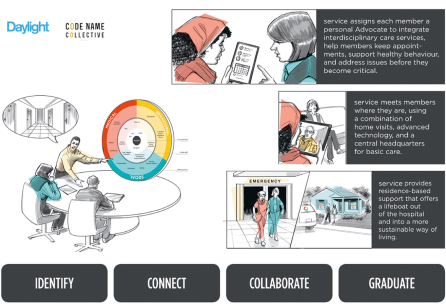
As the service design field becomes more successful at solving complex challenges, there’s one elephant that’s getting hard to ignore: User-centred design is inherently a bottom-up approach, in which we extrapolate insights from individuals and apply on a large scale.

This article introduces participatory foresight and discusses its interrelation with co-design methods and service design.
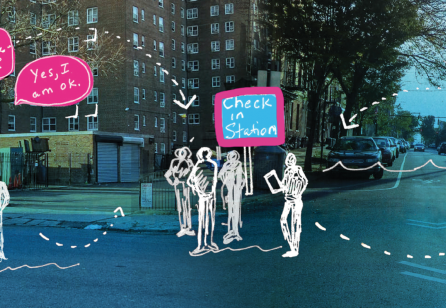
Using a co-design process, we created a model for a new community-based service focused on disaster preparedness for New York City neighbourhoods most impacted by climate change. The project is designed to bridge the gap between isolated, medically-fragile residents and advanced care/services.
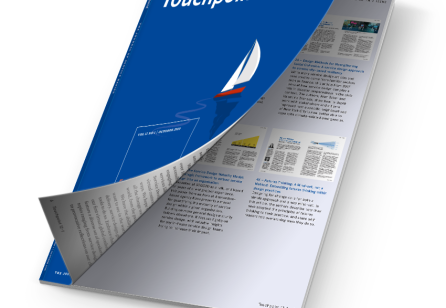
Why is the success rate in implementing service design projects still low? Why do brilliant concepts fail when it comes to anchoring them in the daily business of the client organisation?

Though currently considered very different design arenas, services are frequently the window into systems. When a customer engages with a service, they are, in fact, being drawn into the top layer of a system. Like a giant iceberg, the service is what has been made visible, what can be known.
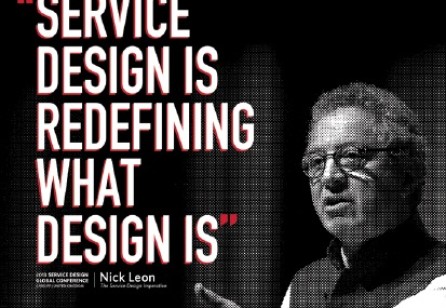
Is service design another specialisation within the design discipline, or is it somehow reshaping design itself, transforming both what we mean by design and the role and responsibilities of designers?

Delivering new services into the market, or improving existing ones, often means fundamental changes within the service provider itself. As the organisation grows larger – or the service more complex – more and more roles are touched by our work.
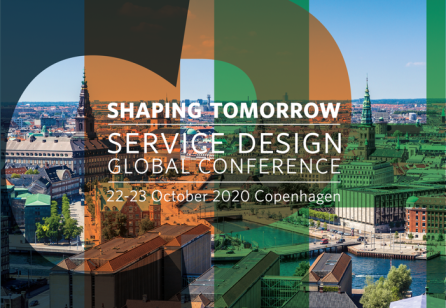
Join some of the industry's brightest professionals at the 13th annual Service Design Global Conference in Copenhagen and discuss how we can merge design and technology to guide the way towards meeting the challenges of today and tomorrow.

The Global Chapter Team and the SDN are excited to announce the four winners of the SDN Chapter Award, which took place during the SDGC19 Members Event on 9 October, 2019.
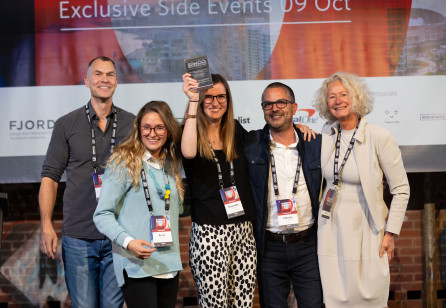
Late last year, the SDN was incredibly pleased to honour the 2019 Service Design Award winners and finalists for their exceptional devotion and the impact they delivered through service design.
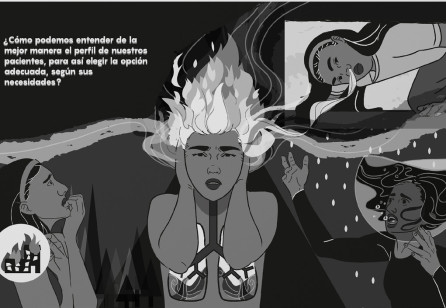
Approximately 21 million people world-wide suffer from schizophrenia, a chronic and severe mental disorder characterised by an abnormal interpretation of reality that impacts the way an individual thinks, feels, acts and interacts with the environment.

Service designers are increasingly called upon to oversee the deployment of new services, ensure the handover of a design vision and empower internal stakeholders with the tools and skills needed to learn and perform new tasks with dexterity, autonomy and confidence.
